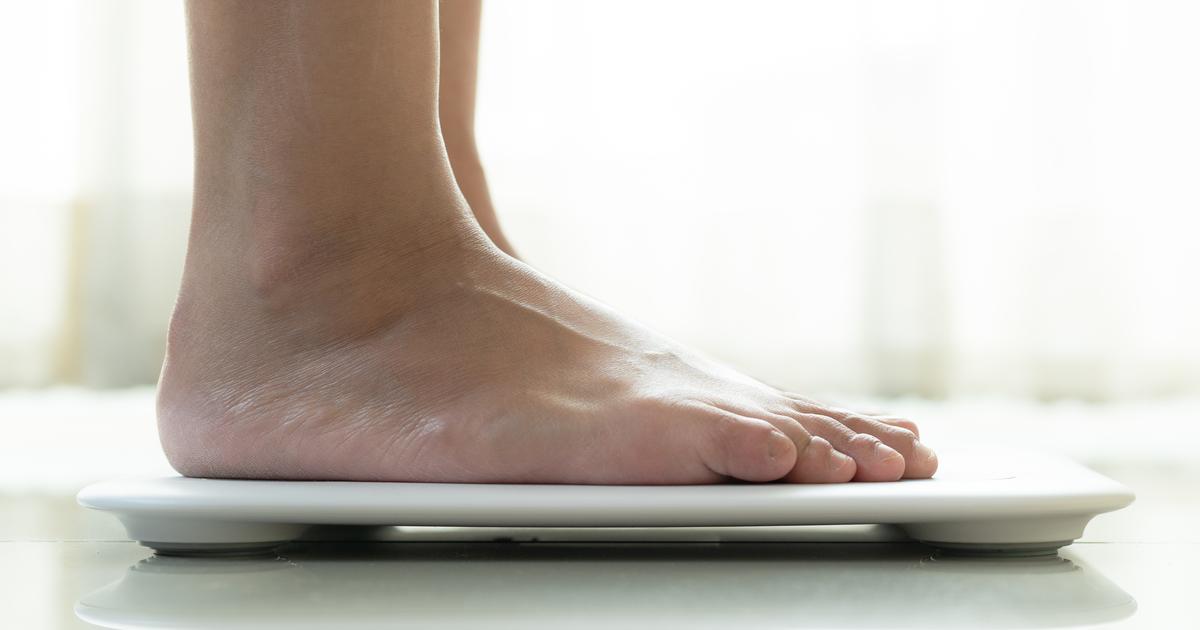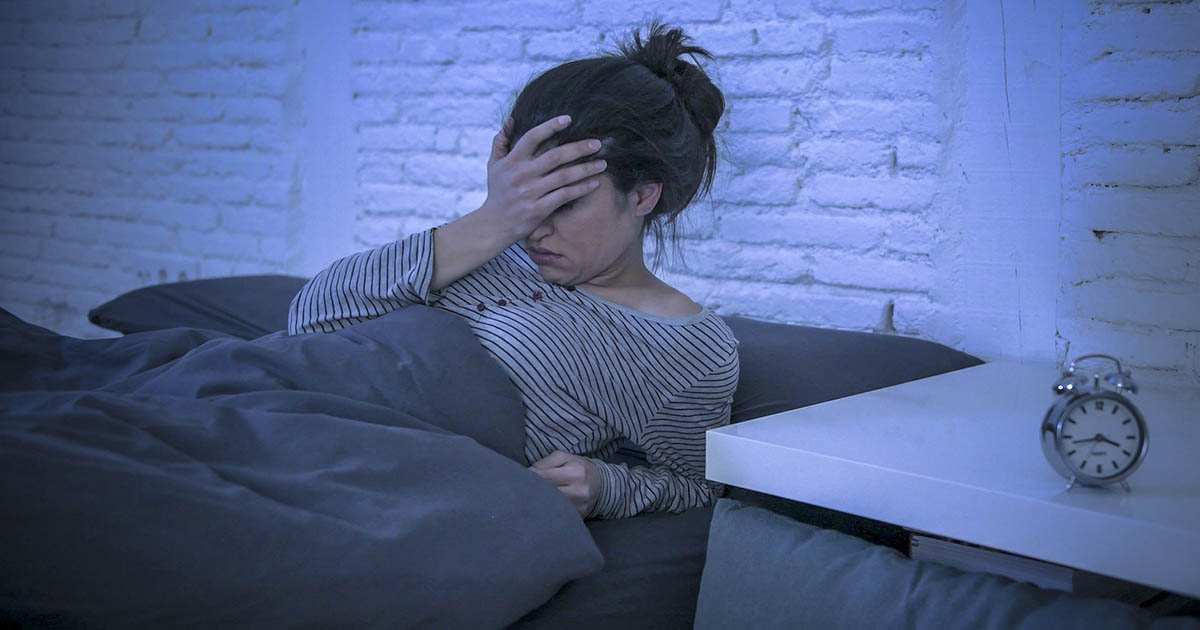Guide To The Side Effects Of Steroids
Steroids, also known as corticosteroids, are medications that reduce inflammation and suppress the immune system. Physicians may prescribe these drugs as part of a treatment plan for conditions such as allergies, asthma, rheumatoid arthritis, chronic obstructive pulmonary disease, and inflammatory bowel diseases. Depending on the condition to be treated, steroids may be prescribed as topical creams or oral tablets, and they might also be given as injections. Patients taking oral corticosteroids will normally need to take these in the morning, and taking them with food is suggested. To reduce the risk of potential side effects, doctors normally prescribe corticosteroids for no more than two to three weeks. Corticosteroids need to be prescribed and used with caution if a patient has a history of epilepsy, liver problems, high blood pressure, cardiovascular disease, cataracts, or diabetes.
Patients should always check with their healthcare team about any worrying side effects that occur while they are using a corticosteroid. The most common side effects that could develop with longer-term corticosteroid use are discussed below.
Weight Gain

Corticosteroid use alters the body's metabolism and how body fat is stored. Patients taking these drugs experience an increase in appetite, and weight gain is very common. Generally, most of the weight gained while taking corticosteroids is gained around the abdomen, and individuals might also notice puffiness around the face. Anecdotal evidence suggests some patients might have unusual food cravings for foods they don't normally like, and frequent episodes of nighttime eating have been reported. Doctors recommend patients follow a heart-healthy diet and engage in regular exercise while taking corticosteroids, and having only healthy foods in the house could help reduce weight gain associated with cravings and nighttime eating. Any weight gain experienced with this medicine is usually temporary, and most patients find that their waist size and weight return to normal within six to twelve months after discontinuing the medication.
Read more about side effects linked to steroids now.
Insomnia

When used for a month or longer, oral corticosteroids may cause insomnia. In particular, patients may notice they have trouble falling asleep, and this is often worse if the medication is taken in the evening. To reduce the chance of developing insomnia, patients should ask their physician about the possibility of taking their entire daily dose in the morning. In addition, it can help to establish a regular bedtime and relaxing pre-sleep routine. Patients should ensure their bedroom is cool and dark, and they should turn off mobile phones and televisions at least one to three hours before bedtime. Taking a warm bath and engaging in relaxing activities such as reading a book, listening to nature sounds, or meditating during the thirty minutes before bedtime could improve sleep quality and reduce the amount of time it takes to fall asleep. Patients may find it helpful to track their sleep using a fitness tracker, and keeping a sleep journal could also be beneficial. If necessary, doctors can prescribe medications that make sleeping easier for patients who need to take corticosteroids.
Keep reading to learn more about corticosteroid side effects now.
